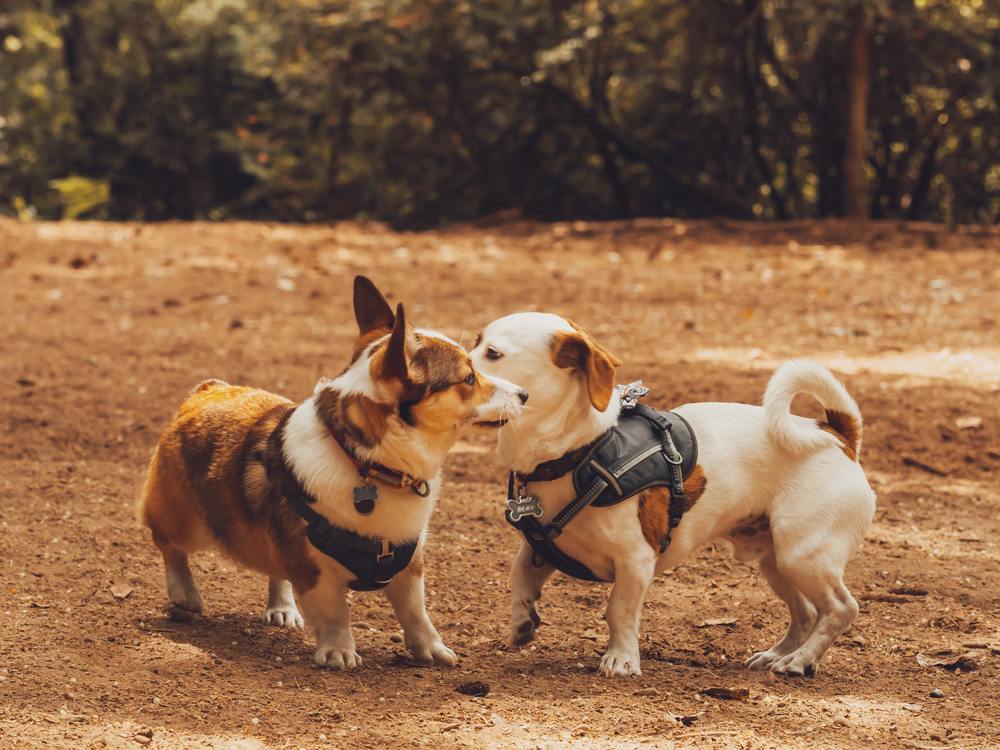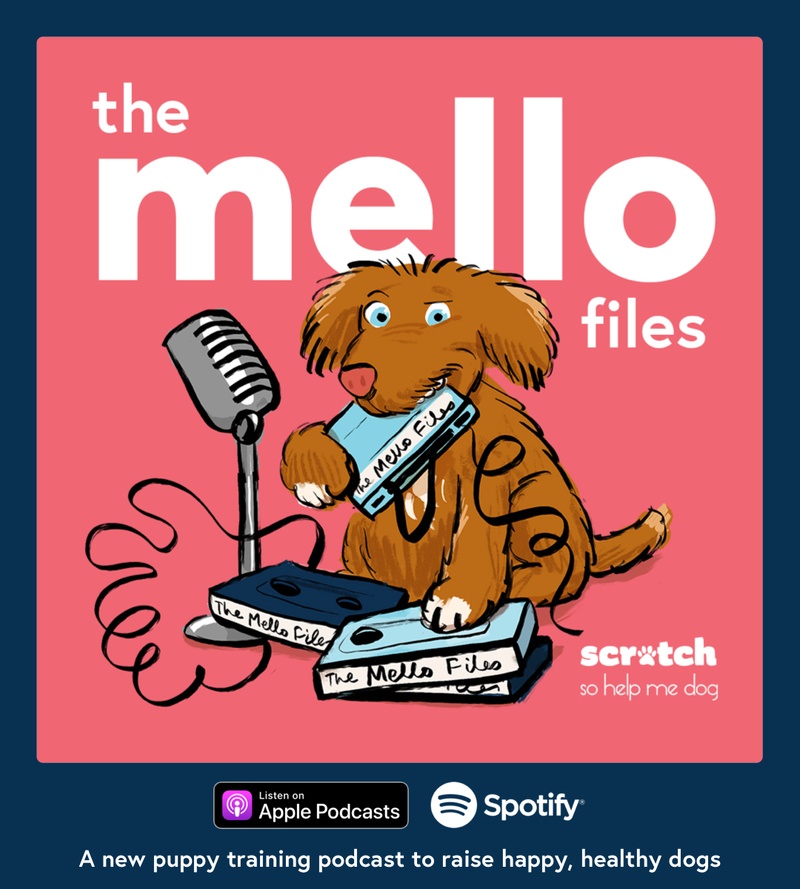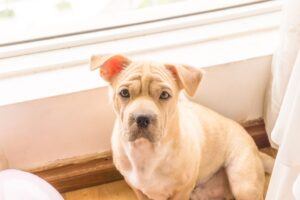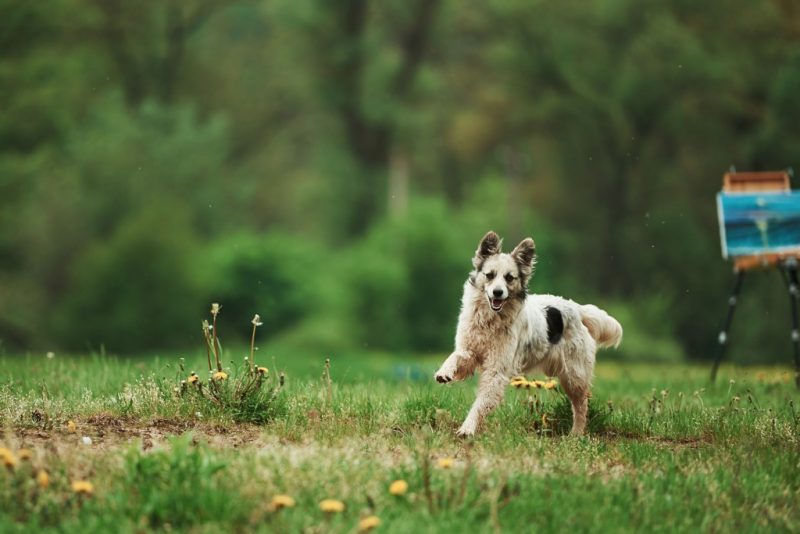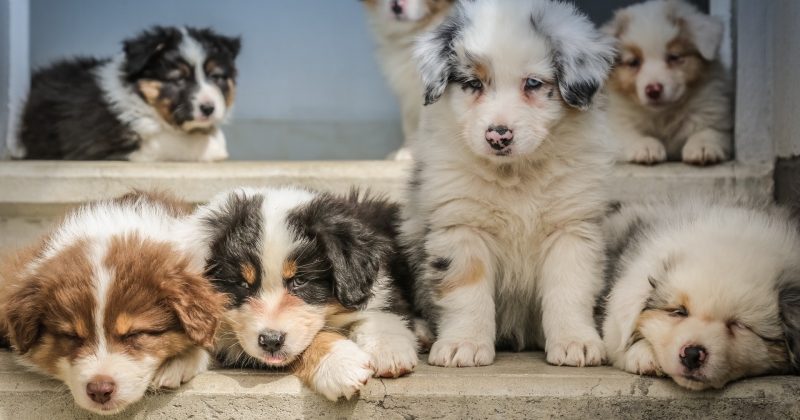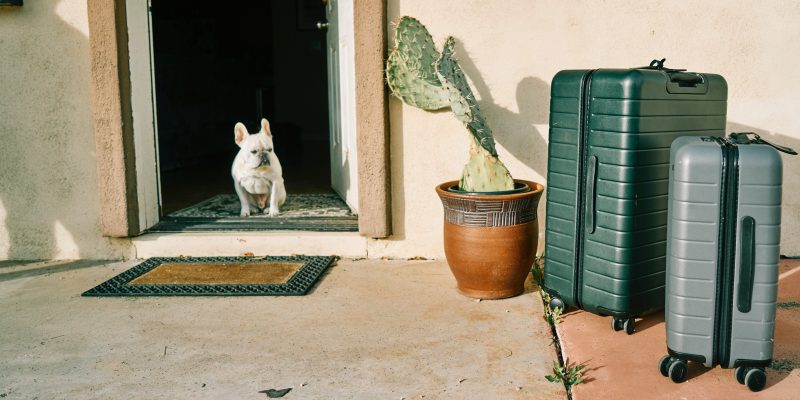If you’ve ever stepped foot in a dog park, it’s likely you know the type.
There always seems to be that dog. You know the one: crash-banging from one dog to the other, the force of a rugby player and the grace of a toddler in canine form.
While some dogs blend seamlessly into the crowd, inspiring a chorus of play bows and wiggly tails, that dog causes a stir wherever he wanders. Even the most tolerant players prickle at the sight, moving themselves out of the line of fire; the less tolerant dogs ark up and suddenly it’s panic at the dog park.
Is that dog your dog?
Often a bully doesn’t even realise they’re being a jerk. If they’ve managed to get along in life without being consistently corrected on their behaviour, it’s easy to assume that all play should be like a game of amateur rugby.
We get it: dogs don’t come with a manual. Dogs are as diverse in personalities, preferences and communication styles as us.
The kind of play Pepper enjoys might totally tick-off Polly, and what worked with your last dog could be a disaster with your next. There are no guarantees when you’re working with living, breathing, often-opinionated animals.
Some things, like teaching your dog to play nice, can seem really difficult to conquer. Bully dogs can be born and created. They can be a product of good intentions: the vivacious Labrador who just desperately wants to be friends, or the passionate Collie with no personal bubble.
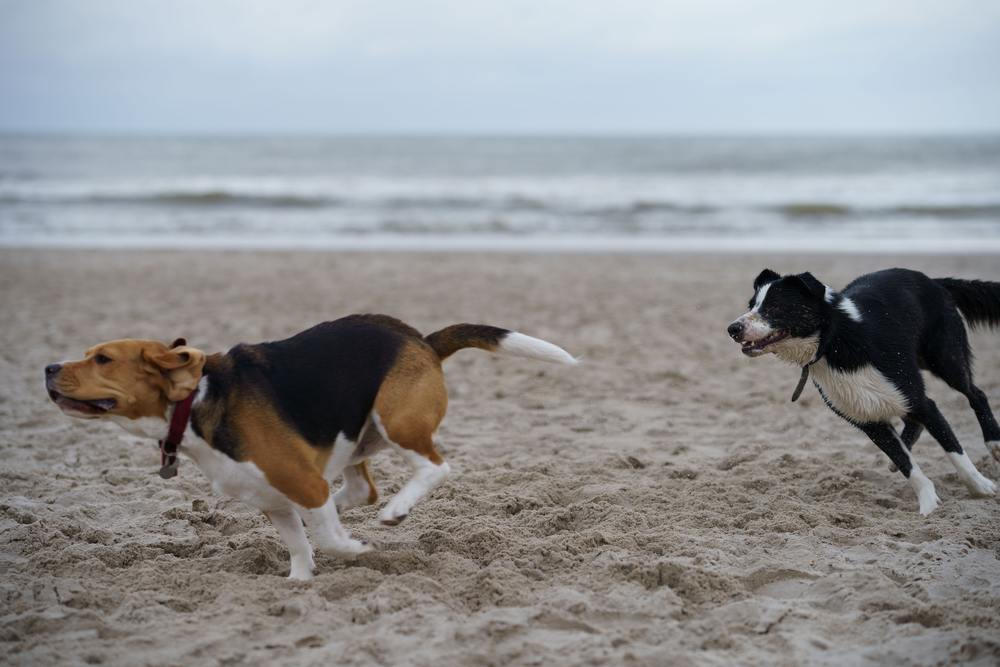
If you’ve ever had to exit the puppy playdate early for reasons too shameful to admit, or had doggy daycare ’politely decline’ your next appointment, then this is for you.
Congrats – the first step is acknowledging your dog has a problem. The next is putting a stop to it.
What’s the point of dog play?
So maybe you’re thinking “okay, so my dog is a bit of a d*ck in the playground. Let’s just avoid other dogs.”
Unless your dog struggles with aggression or severe anxiety issues, we’d hasten to disagree. Play is an important, enriching and necessary aspect of canine life.
Play fulfils many purposes, like:
- Releasing pent-up energy
- Establishing hierarchy
- Encouraging bonding
- Just plain fun.
Puppies don’t come into this world with the encyclopedia on appropriate play. They learn it throughout their young life, cultivated by each experience they have with their littermates; their mother; and later from dogs outside of the family.
Play is essential in teaching dogs to comprehend social cues: from the most subtle expressions to the most exuberant.
How do I tell if my dog is playing nicely?
Putting a stop to bully behaviour first requires an understanding of what play is appropriate and what really isn’t.
First, it’s essential to be able to recognise the telltale signs of a happy dog. Appropriate play should include:
- Play bowing
- Loose, bouncy bodies
- A soft and relaxed mouth
- Sneezing
- Frequent pauses, often to ‘shake it off.’
Body language is a huge part of the puzzle, but we also want to caution something: bared teeth, growling, barking and a stiff tail are all completely normal expressions of play. They don’t paint the whole picture. Appropriately playing dogs can be rough-and-tumble, body slamming and shoulder-bumping. They can bare teeth, play bite and nip.
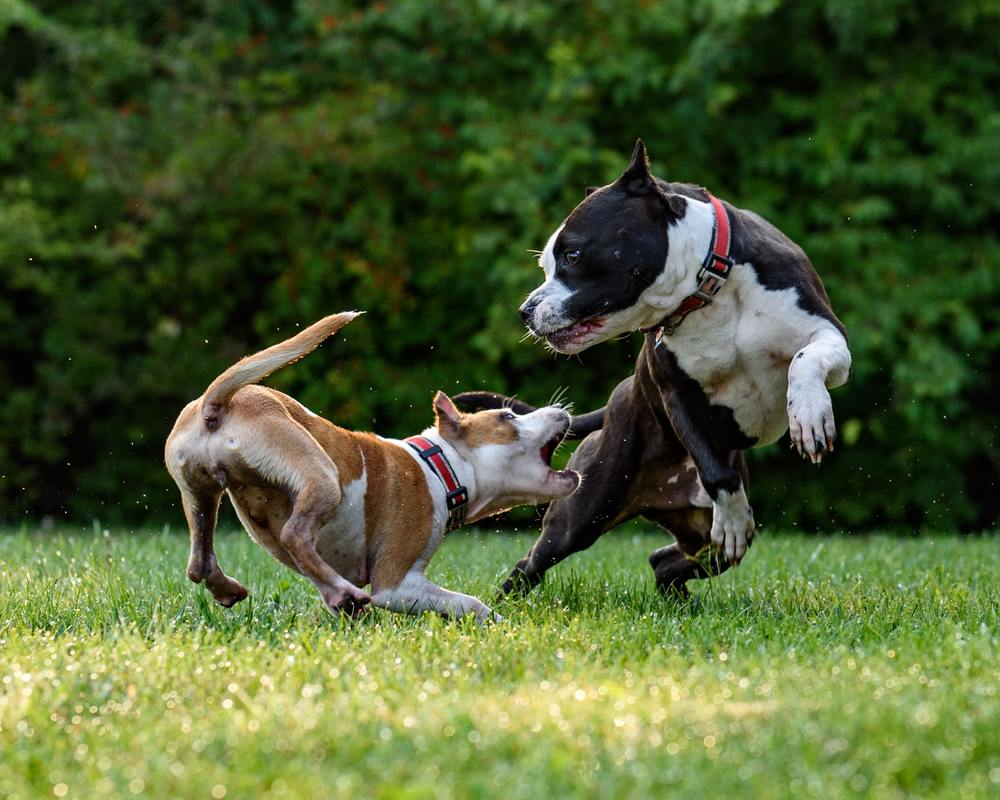
The secret ingredient to perfect play is equality. Next time your dog is playing, ask yourself this:
- Are both dogs enjoying this equally (and what are the signs)?
- Are both dogs taking turns being dominant?
Like most things in life, play needs to be consensual and mutually enjoyable to be appropriate. Both dogs need to be equally exuberant and keen to keep the fun going, not inching away whenever the opportunity strikes (“help me mum”).
What bad dog play looks like
Again, it’s crucial to examine the whole picture when figuring out whether your dog (or its play partner) is being a bully. If 2022 is the year you’d like to stop being rushed out of the dog park, it’s time to memorise the signs.
Bullyish play can have a variety of causes. It can be hierarchical, where two or more unfamiliar dogs use play as a less confrontational way to figure out ‘top dog.’ It can be a dog who’s learnt obnoxious habits along the way, left uncorrected by other dogs or training. It can also be the result of outright aggression (which is more complicated than this guide covers – consult a trainer).
In direct comparison to good play, inappropriate play is usually stiffer: characterised by tense bodies, tight lips, and tough expressions. Instead of role equality, with both dogs taking turns wrestling the other down, one dog might pick up a dominant playstyle and stick to it.
A dominant play style usually includes:
- Mounting and humping
- Holding one dog down and preventing it from getting up
- Mouthing and putting their chin on the other dog’s neck
- No sense of ‘humour’ – resistant (and even hostile) to the other dog’s attempts to reverse the roles.
A bad player isn’t always intentionally causing drama. They could be totally amped to play with their pal, with all the positive body language we’re looking for… but steamrolling their playmate.
This is where equality comes back into the picture. It’s not good play unless both dogs are equally as thrilled to be part of it.
Rehabilitating a bully
So your dog has a crappy playstyle: does that mean they’re destined to a life of seclusion, sequestered to the on-leash section of the park? No!
A bully won’t reform overnight, and they certainly won’t do it without intervention. Being top dog at the playground can be immensely self-rewarding. For dogs who’ve never been told otherwise, they may not even realise they’re being a d*ck. This is where you step in.
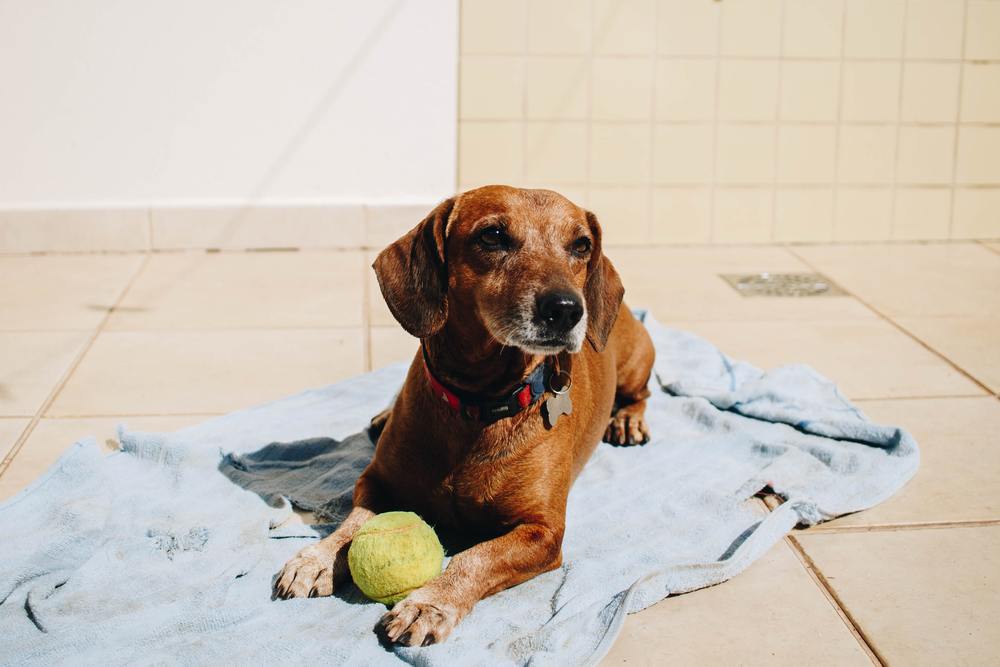
First, we really recommend you work with an experienced trainer. Bad play can easily escalate to a fight, which is dangerous for your dog and you.
The first rule your dog needs to learn is a simple one: bad play equals no play.
This means being equipped with a leash and removing your dog from a play session each and every time they act inappropriately. Humping other dogs? On the leash. Holding another dog down and not letting them up? Yup, leash. Acting generally rude, obnoxious and ruining the fun for other dogs? You got it – leash.
Canine intervention can be a gamechanger for bully dogs. This is where enlisting the help of a trainer is essential, especially for less experienced owners.
A balanced, sensible and level-headed dog can be a fantastic tool: one that enjoys a good romp, is well-socialised and friendly, but won’t back down to obnoxious play behaviour. Many trainers will have their own ‘demo dogs’ with impeccable social skills.
With some well-timed canine corrections and bad play immediately ending every playdate, your dog will learn quickly that being a bully sucks.
Begone, bully
We’ve all got bad habits, so try not to take it personally if your dog has developed some unsavoury play habits. Quarantine has made us all a little crazy, anyway.
Instead of despair, use this opportunity to reconnect with your dog. Take charge with some dedicated training, an instructor or mentor you vibe with, and (lots of) patience.
Most dogs just need a little guidance to get back on the right path. Now you just need to be the leader they’re looking for.

